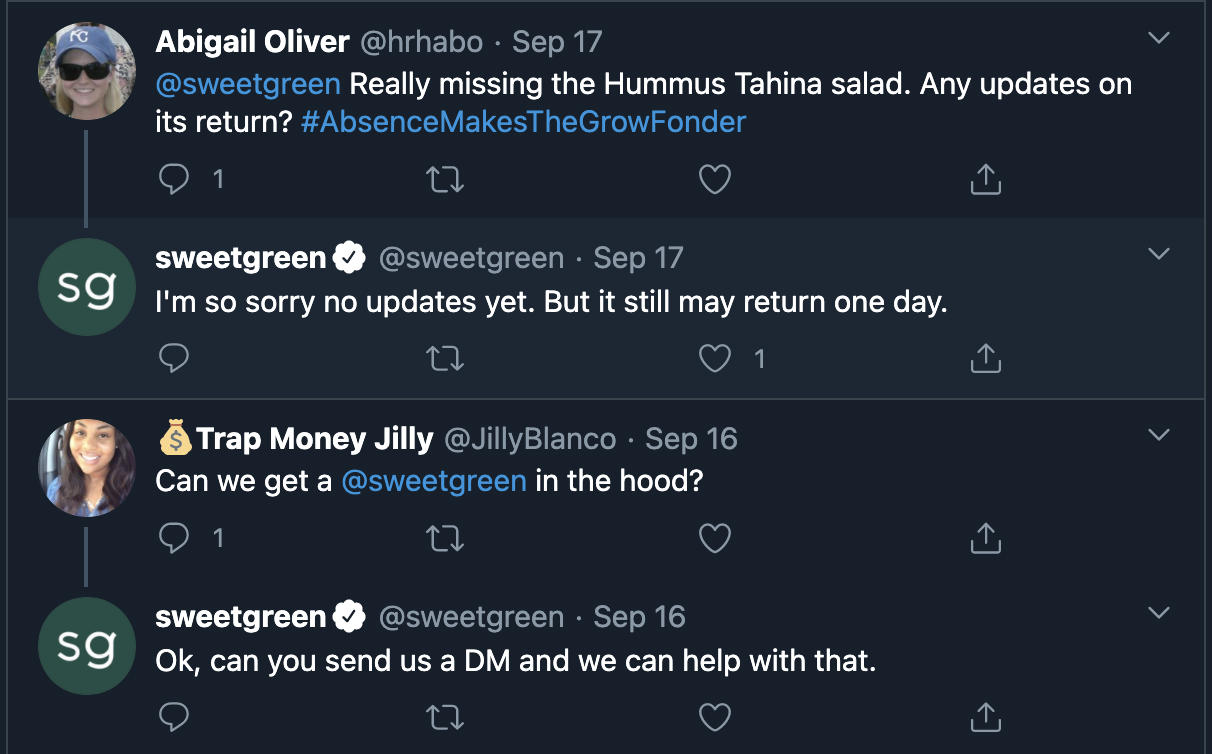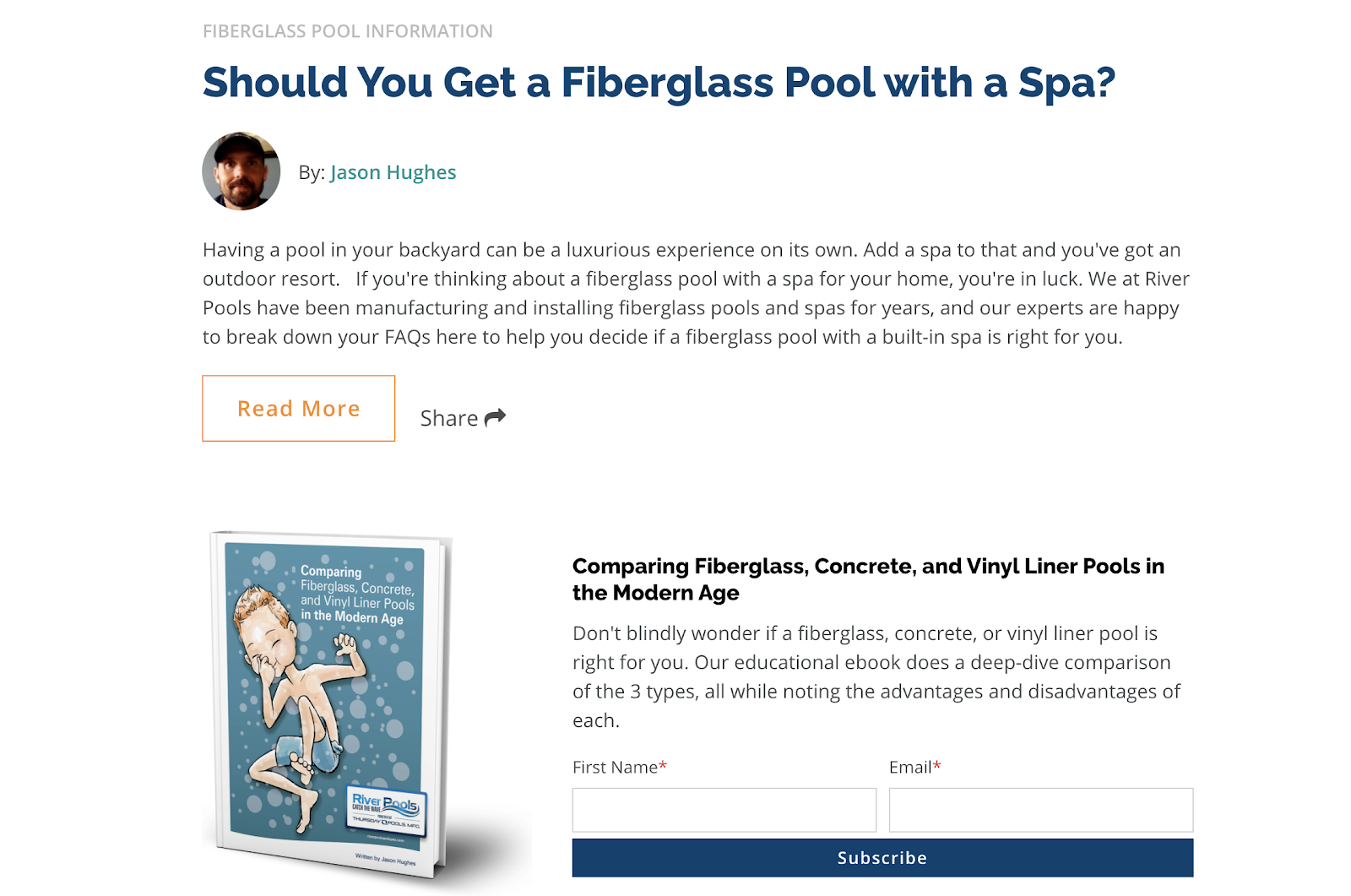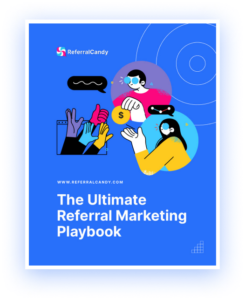The pandemic has forced many companies to reimagine the way they do business.
Some were quick to adapt and switch from brick and mortar to eCommerce model and deliveries. Others had fewer options to keep operating under the current circumstances.
Yet, regardless of the business type or industry, there’s one thing most have finally come to realize. It’s the importance of digital, online channels that drive sales.
In this article, we will explore some of the ways brick and mortar businesses can leverage digital tactics to drive more sales and build loyalty. So, if you’re looking for inspiration to bring your business online – read on!
Click to Jump
Why your business needs to invest in online engagement
With the Internet penetration reaching 95% in some regions, it’s practically impossible to imagine running a business that has no digital footprint. You might not be aware of it, but your store or restaurant might already be on Google Maps collecting reviews. And, before you know it, there are people talking about it on social media!
So, why not take control of what your prospective customers see when they look up your business online?
This is where digital marketing comes in handy.
By integrating digital channels into your business marketing strategy, you can build an omnichannel, immersive experience for your customers, which offers many benefits:
- Better engagement – 18.96% for omnichannel marketing vs 5.4% for single-channel tactics.
- Higher retention – companies offering omnichannel experience tend to retain 89% of their customers (compared to just 33% of those focusing on a single engagement channel).
- Increased sales – omnichannel marketing can help you increase the purchase frequency by 250%.
Simply put, improved customer engagement leads to higher loyalty. Loyalty means more returning customers, which in turn equals more sales and a bigger average check.
Another benefit of employing online marketing that is often overlooked is that digital channels offer an additional source of data to actually get to know your audience and help you further optimize and improve your customer experience.
Now, let’s see how it works through some living examples.
3 offline brands killing it with online engagement
There are many examples of businesses leveraging online channels to drive more sales offline. Here are just a few of them.
1. Sweetgreen
The US-based fast-casual restaurant chain, Sweetgreen, has been using many digital channels to drive engagement with their offline brand, e.g. a website and mobile app with their digital-only menu, pre-order options, payments, and reward program.
But what really stands out is the way Sweetgreen uses social media – starting with consistent imaging and powerful storytelling and up to the way Sweetgreen engages with their clients directly on Twitter.

What’s more, they have earlier provided free salads for the whole class at Boston College in response to just a tweet from a customer. This helps the company attract more followers and maintain higher social media engagement than most competitive brands.
2. Frank Body
An Australian skincare company, Frank Body is another brand that does digital marketing right. This includes using word of mouth to propel their growth back in the day, collaborating with influencers, and encouraging customers to share their photos with the product to spread awareness about it.
But the cherry on top of their engagement strategy is the way they retain their customers with their stellar loyalty program, including:
- several tiers to offer different rewards for both spending and social media shares.
- gamification, e.g. exclusive rewards for the top fans, various competitions, and challenges.
- powerful branding that caters to the specific buyer persona.
3. River Pools
This fiberglass swimming pool manufacturer is a recognized champion when it comes to content marketing.
Their tactic is pretty straightforward: they ask, you answer. This means the brand uses content to educate their customers and address any question they could possibly have about fiberglass pools.
And they do so consistently and transparently, answering the questions that most brands won’t talk openly about, e.g. price or product comparison, in their blog.

As a result, their website gets a massive amount of traffic – more than any other pool company in the world.
How you can create online engagement – here are the digital channels you need
From bookings, pick-up, or delivery to loyalty and reward programs or even full-fledged online shopping experiences, there are many ways digital channels can enhance the offline business’ customer experience.
Yet, building a website or mobile app might not be an option for every business, especially small and medium ones.
Luckily, there are more affordable and easy to implement channels for online customer engagement.
1. Social media
Offline businesses can benefit from social media by driving community engagement or engaging directly with prospects using branded content. Other popular techniques include holding contests/challenges, working with influencers, or running ads.
Just make sure to pick the right social media platform considering your target audience and the platform demographics. You can even take a shot at TikTok and try to replicate the success of many other businesses, from Chipotle to Crocs or even San Diego Zoo.
There are also tons of great examples of offline brands acing customer support and crisis management on social media. Namely, social listening can help you manage your online reputation, i.e. know when people are talking about your business and instantly address any questions or complaints that might arise.
2. Messengers
According to Facebook, 66% and 55% of consumers feel more confident about purchases and more connected to the brand accordingly if the business is available and active on a messaging app.
So it comes as no surprise that some of the leading messenger app providers are trying to accommodate business users and offer tools to interact with their customers. Take for example Facebook’s Messaging for Business capabilities or Apple’s recent introduction of Business Chat within their iMessage app.
There’s one more underused digital tool that can help you improve customer service and grow engagement on messengers – chatbots. For example, restaurant owners can use chatbots to address the majority of customer inquiries, from general ones like opening times to table reservations and menu requests, etc.
3. Email
A powerful means for B2B sales, email can still be a great engagement channel for B2C communication. Specifically, triggered messages represent the most popular email type used heavily by retailers. Some use cases of this tactic include:
- presenting new products
- announcing events
- distributing discounts
- asking for feedback upon a customer’s visit
Other than that you can build an email list and start a newsletter as one more content distribution channel. This is a great opportunity to educate them about your product or service or simply keep them engaged with informative or entertaining content.
4. Loyalty programs
Loyalty programs offer a great opportunity to boost retention by encouraging your customers to return to you again and again and offering rewards or discounts in exchange. Which makes sense as 75% of customers are more likely to buy from a brand again after receiving an incentive. Plus, it’s a lot easier (and cheaper) to retain existing customers and make upsells than attract a new one.
But we’re not talking about just physical membership or punch cards here.
A digital loyalty card can be a great addition to your engagement strategy. You can either embed it into your mobile app, use the corresponding module directly in your POS system, or use a dedicated loyalty reward app to offer incentives to your customers.
5. Notifications
Notifications can be a powerful engagement channel for brick and mortar businesses. For example, you can send proximity-based notifications to the customers that enter or approach your business location. That is relatively easy to do using beacons that can send notifications directly to customers’ mobile devices via Bluetooth.
You can use notifications to inform the customers about discounts, current deals, or new arrivals, distribute coupons, as well as prompt them to enter your contests, sign up for a newsletter, or even choose you over the competitor.
And the best part about notifications is that, unlike emails, they allow you to engage the customers on the spot or respond to their actions instantly rather than trying to connect afterward.
Omnichannel engagement for the win
As you can see, digital marketing and omnichannel engagement in general isn’t a whim or a luxury. It’s quickly becoming a must-have for any business that wants to stay competitive and grow its presence offline.
And it’s definitely not something that only multimillion-dollar businesses can afford. There’s something every business – be it a local store, a small restaurant, or SPA chain – can implement and benefit from.
Hopefully, the examples and ideas presented in this article will offer the inspiration to start building your own digital engagement strategy.
This is a guestpost from Reply.io


